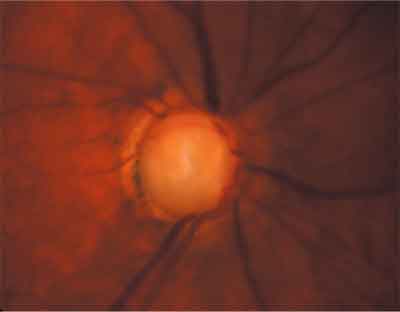A new index known as mean prognosis, along with IOP asymmetry between the eyes and binocular test point asymmetry, can assist in clinical evaluation of eyes at risk of developing primary open-angle glaucoma (POAG), according to a study in the September issue of Investigative Ophthalmology and Visual Science. The MP index is significantly related to the POAG onset and appears to be a more highly significant predictor of POAG onset than either mean deviation or pattern standard deviation. Also, a 1mm Hg increase in IOP asymmetry between fellow eyes is associated with a 17% increase in risk for development of POAG, the researchers found. And, when threshold asymmetry between eyes existed, the eye with lower thresholds was at a 37% greater risk of developing POAG. This feature was more predictive of POAG onset than visual field index mean deviation, though not as strong a predictor as pattern standard deviation. Levine RA, Demirel S, Fan J, et al. Asymmetries and visual field summaries as predictors of glaucoma in the ocular hypertension treatment study. Invest Ophthalmol Vis Sci 2006 Sep;47(9):3896-903.

A 1mm Hg increase in IOP asymmetry between fellow eyes is associated with a 17% increase in risk for development of primary open-angle glaucoma.
Researchers designed a new index known as mean prognosis for optimal combination of visual field thresholds to discriminate between eyes that did and did not develop POAG.

